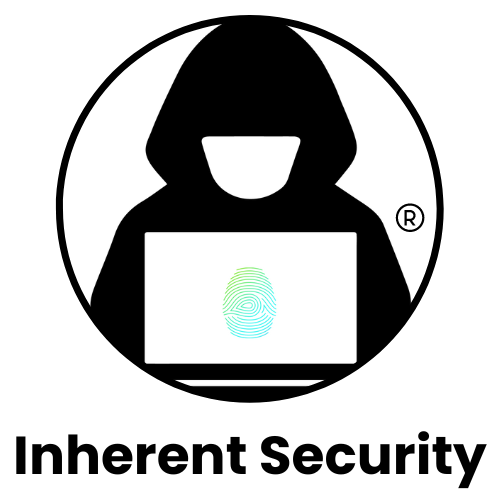Ruth Ginsburg's Medical Records Leaked, AI, & More
Introduction
Hello, healthcare IT leaders! Today, we’re exploring some intriguing developments in healthcare IT and cybersecurity that are currently making headlines. We’ll take a close look at recent incidents and some new tools developed to enhance security measures. This article will examine key events and innovations, discuss their impacts, and provide you with insights on how to better protect sensitive patient data. So, grab your coffee, and let’s dive right in!
Ransomware Strikes Again: OneBlood
Let's start with a story that hits close to home for many of us. OneBlood, a major blood center, recently faced a ransomware attack that disrupted their operations . Ransomware isn't new, but it's becoming more sophisticated and frequent. Imagine your patient data held hostage – it's a nightmare scenario that no healthcare entity wants to face.
Ransomware attacks can cripple healthcare operations, putting patient safety at risk and eroding trust. For OneBlood, the recovery process was extensive, involving data restoration and revamping system security. This incident is another reminder that backups, workforce training, and network monitoring should be non-negotiable!
To defend against ransomware, ensure your team is well-versed in identifying phishing attempts, the most common entry point for these attacks. Update your systems and software to patch vulnerabilities on a regular schedule. Develop disaster recovery plans to fail over traffic to a separate geographical location. And don't forget separation of duties to prevent one person from holding all of the keys to the kingdom!
Ruth Bader Ginsburg's Medical Records
In another alarming development, the Washington Post reported a breach involving the medical records of the late Ruth Bader Ginsburg by a former medical worker . This incident shows the importance of considering insider threats. This means safeguarding patient information, not just from hackers but workforce members too!
Breaches of this nature can have far-reaching consequences, including legal repercussions and damage to an institution's reputation. It's crucial to implement the least privilege access strategy, consider data loss prevention, and monitor your systems for unauthorized access.
AI and Patient Data Protection
On a more positive note, new methodologies are being developed to enhance data protection. In South Korea, researchers have implemented homomorphic encryption (HE) to protect patient data used in AI model training. This method, originally developed for secure elections, allows encrypted data computations, preserving privacy while enabling AI to predict patient outcomes like post-surgery mortality rates. The study, involving data from Asan Medical Center and other major hospitals, demonstrates HE's potential for smaller hospitals to develop accurate AI models using data from larger institutions without risking data security.
This innovation aligns with broader efforts in regulated sectors to enhance data privacy. Supported by initiatives like the Korean Medical Data Utilisation Project, this approach not only secures patient information but also facilitates advanced AI research, improving medical outcomes through secure data analysis.
AI in Healthcare: Balancing Innovation and Security
Artificial Intelligence (AI) is revolutionizing healthcare, but it comes with its own set of challenges. The National Institute of Standards and Technology (NIST) recently unveiled an open-source platform for AI safety assessments, aiming to enhance the reliability of AI models used in healthcare. When integrating AI, ensure transparency in how models make decisions. Regularly audit AI systems for biases, vulnerabilities, and review industry best practices from organizations like NIST, to stay ahead of emerging threats.
Conclusion
Healthcare, much like other industries, faces both challenges and opportunities. The field is in constant flux, marked by high-profile data breaches and the introduction of advanced technologies. As a healthcare IT leader, your responsibility is to learn from incidents such as the OneBlood breach and to leverage new tools to strengthen your organization’s cybersecurity strategy.
Free Resources
I hope you found these updates as intriguing as I did. Until next time, stay secure and keep innovating! Feel free to reach out if there's a topic you'd like to see covered in my next newsletter. Until next time enjoy the free resources below:
↳Download our HIPAA Guide for compliance insights
↳Explore our HIPAA GPT tool for instant advice
Talk to an expert
Need help navigating these complex challenges? Reach out to us at Inherent Security to talk with an expert.
